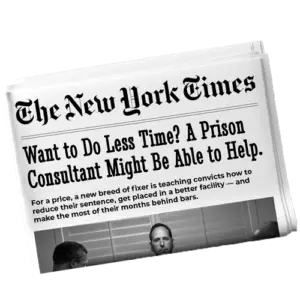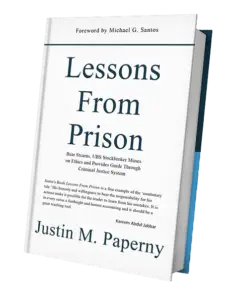Judges and probation officers decide from what’s on paper. If your PSR, memo, and exhibits are thin—or late—you’ll be judged on a snapshot created by someone else.
Why start now
- Perception gap: Families see the person. Prosecutors present the worst version. Courts rely on what’s written, not what’s assumed.
- Paper rules the room: The PSR and sentencing memo carry more weight than a one-time speech at the podium.
- Beyond sentencing: Your record matters for First Step Act programming, home confinement, furloughs, and later decisions. It also matters to employers, licensing boards, and your family.
What “documentation” actually looks like
- Narrative (defendant-owned): Victims first. Clear responsibility. What you’re doing differently. What you’ll do next.
- Service with receipts: Volunteering that helps others. Hours logged. Letters from beneficiaries on letterhead.
- Restitution and repair: Dates, amounts, confirmations. Spread over time beats a last-minute lump sum.
- Recovery and treatment (when relevant): Meeting sign-ins, counseling notes, sober milestones. No excuses—just proof you’re doing the work.
- Community education: Talks at a high school or local college. Faculty or staff letter stating the impact.
- Release plan excerpt: Housing, work, supervision goals, relapse prevention, ongoing service.
Where it needs to show up
- PSR: Get a narrative draft to counsel before the interview so key points land in the report.
- Sentencing memo: No rule blocks including your narrative in both PSR and memo. If counsel resists, advocate—politely and persistently.
- After sentencing: Keep building. Judges and BOP staff keep seeing your record.
Case studies (what the court actually responds to)
- Two years of payments beats a last-minute gesture: A defendant in a gambling case wrote, volunteered, spoke at schools, and gathered letters from people who entered recovery because of his example. Judge cited the work and gave a year-and-a-day with shorter supervision.
- Money without a record looks calculating: An investment adviser wired $300,000 weeks before sentencing but had no prior documentation—no service, no plan, no steady restitution. Judge called it calculating and imposed 30 months.
- Tone matters in the PSR interview: A PPP defendant minimized conduct and argued about press releases. The PSR reflected defensiveness; the sentence landed high in the guideline range. Another PPP defendant kept his emotions in check, paid back, sought treatment, got letters, and received a materially shorter term.
Messaging rules that hold up in court
Works
- Victims first; no hedging
- Specific behaviors, dates, and proof
- Letters that describe what’s been noticed (not character fluff)
- Calm, accountable tone with probation and the court
Backfires
- Anger at DOJ, blaming markets/COVID/cooperators
- “It’s not an excuse…” followed by an excuse
- Last-minute payments with no prior effort
- A pile of repetitive letters (6–8 strong letters beat 30 copies of the same praise)
Allocution that helps (not hurts)
Length depends on how much the judge already knows. If your record is strong, keep it tight—about a page. If the court hasn’t “met” you on paper, you may need more substance. Either way, say what you did, who it hurt, what you’re doing now, and how you’ll keep doing it. No sales job. No self-pity.
The chain reaction principle
You can’t furnish the third floor before you pour the foundation. Early, small choices—owning harm, logging service, paying steadily, joining recovery, writing weekly—set up better PSR language, a stronger memo, credible allocution, and better BOP outcomes. Late, frantic gestures create the opposite chain.
Quick start for this week
- Draft a victims-first narrative and date it.
- Book one talk (school, nonprofit). Ask for a letter on letterhead after.
- Log restitution, service hours, meetings, and counseling with documents.
- Send your draft narrative to counsel and ask that key points appear in the PSR.
- Outline a one-page release plan (housing, work, supervision goals, service).
- Post one short update teaching what you’ve learned (no bragging).
Common questions
Is a 10-page narrative too long? There’s no fixed limit. Substance and placement matter. Get core points into the PSR; update for the memo. Quality over length.
Can I include the narrative in both PSR and memo? Yes. If it’s relevant and responsible, you want it in front of decision-makers more than once.
What if the indictment overstates facts? Let counsel fight legal issues. Your role is to demonstrate why you are different than the government’s version of events.
Does this still help after sentencing? Yes. We are always striving to influence stakeholders.
If you don’t build your record, someone else will write it for you. Start now.
Justin Paperny



